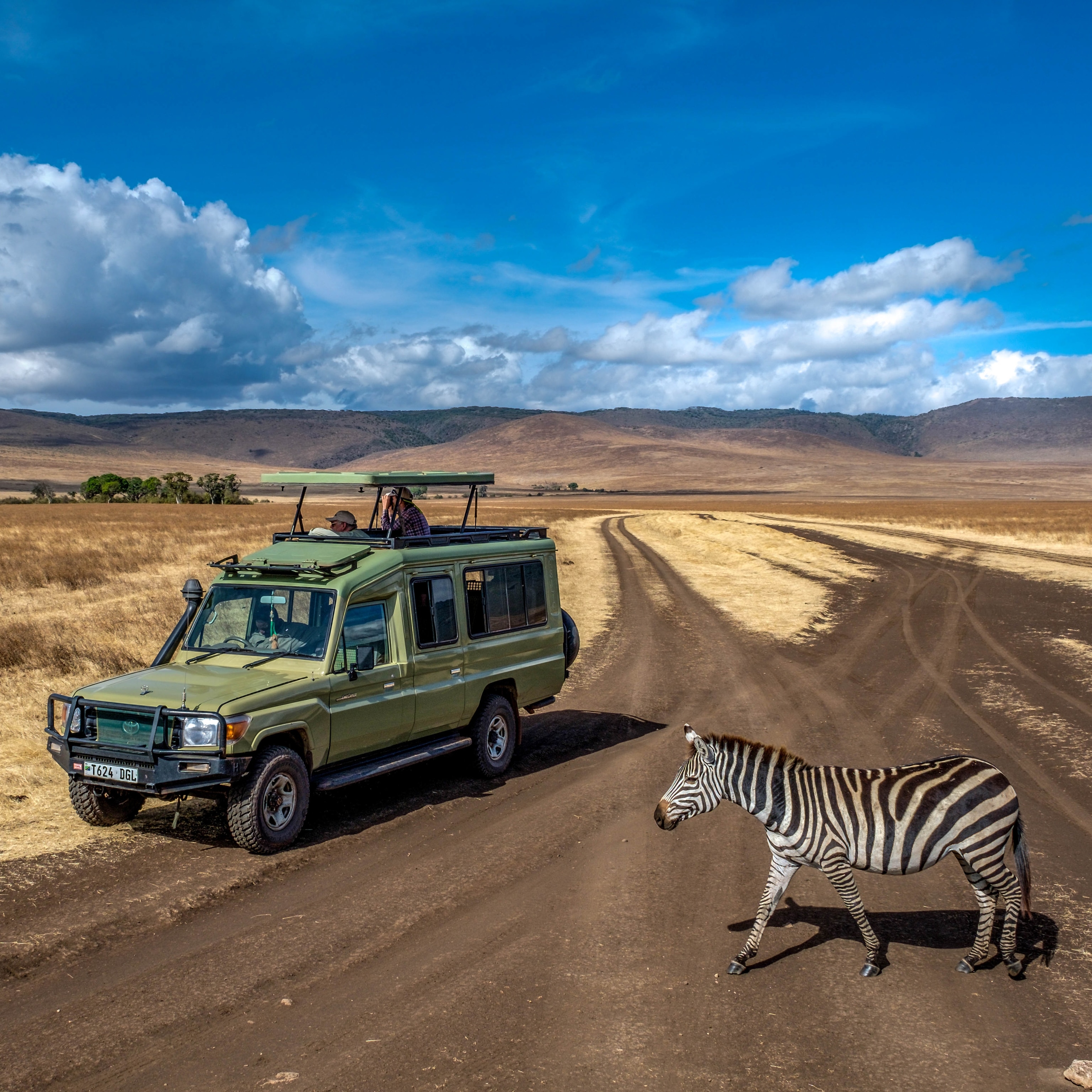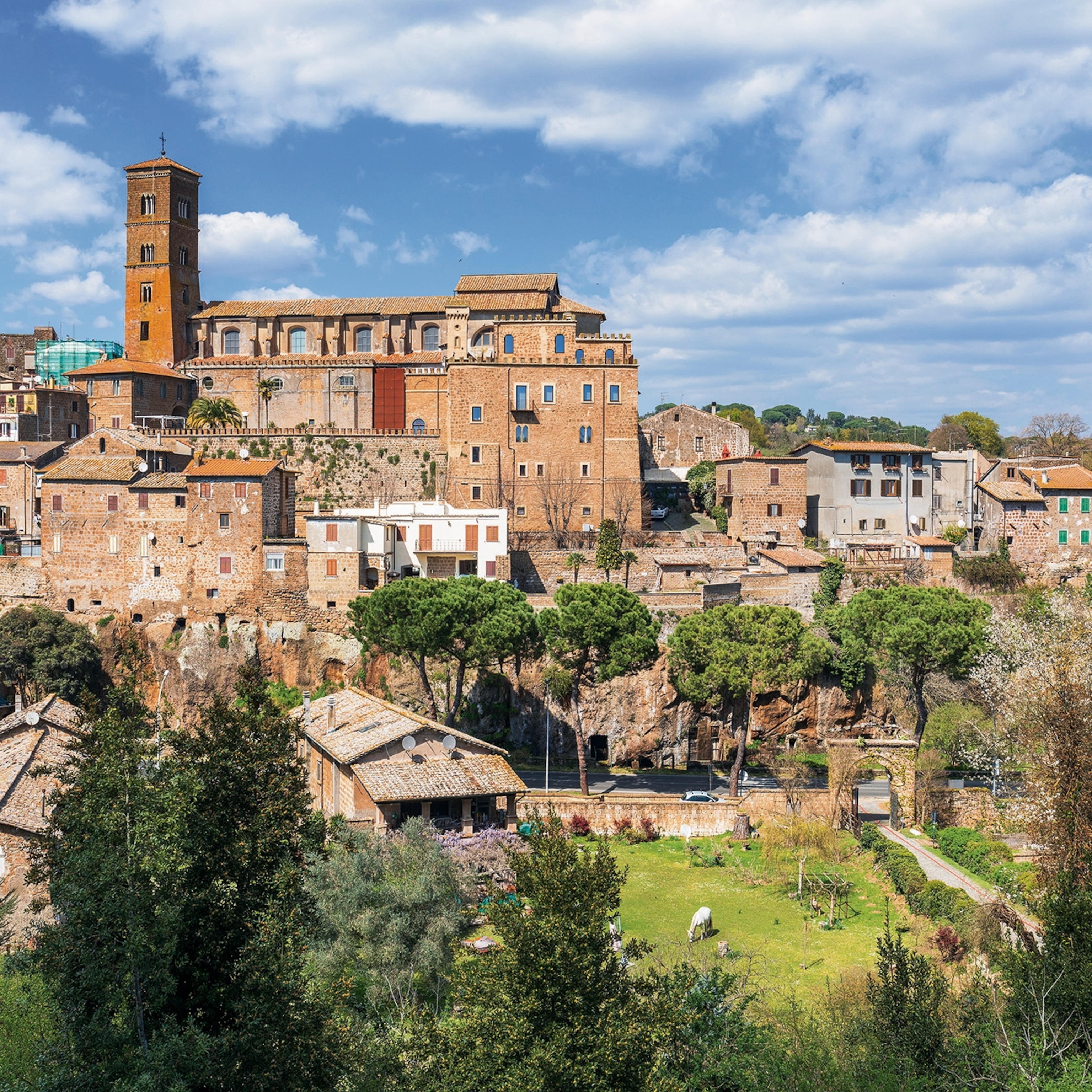
Q&A: Author on "Rachel Carson and Her Sisters"
Robert K. Musil discusses the women who laid the groundwork for "Silent Spring."
"Miss Carson, you are the lady who started all this."
So Rachel Carson was greeted when she testified before Congress in 1963 about the dangers of pesticides after the publication of Silent Spring.
Silent Spring sold more than two million copies since it was published 50 years ago, and Carson's influence can still be felt—from the Clean Air and Water Acts to the creation of the Environmental Protection Agency to ongoing campaigns today against toxic chemicals such as bisphenol A, which is found in several types of plastic.
But she didn't actually start all this.
"There had been other Rachel Carsons long before she was born, and ... many women have built on her legacy since her untimely death," Robert K. Musil says in his new book, Rachel Carson and Her Sisters: Extraordinary Women Who Have Shaped America's Environment.
"Women have been central to the environmental movement and our understanding of ecology since its earliest stirrings and fragile beginnings in the nineteenth century," writes Musil, who is head of the Rachel Carson Council and former CEO of the Physicians for Social Responsibility.
National Geographic spoke with Musil about Rachel Carson and her sisters.
What made Rachel Carson different from the environmentalists who preceded her?
She is the first American environmentalist to have a public impact who combined two kinds of environmentalism. People associate her with conservation and nature, forgetting or not knowing that most of Silent Spring was about environmental health and human health. Up until Silent Spring, very few people—and none who had any impact—combined human health and environmental health so effectively, saying that we need to worry about the birds, the penguins, the pelicans, the polar bears, but also human health and the effects of toxic chemicals. When people say she started or renewed the modern environmental movement, it's those connections that really made a difference.
You describe Rachel Carson, born in 1907, as a child of 19th-century nature writers and naturalists.
Maria McLean Carson, Rachel's mom, used the Handbook of Nature Study, by Anna Botsford Comstock, to teach Rachel about the natural world. Maria subscribed to St. Nicholas, a children's magazine where [ornithologist] Florence Merriam Bailey wrote, where [naturalist] Susan Fenimore Cooper wrote. These women from the 19th century had been active 50 years before Rachel was born, and over 100 years before Silent Spring was published. Rachel really comes from a long line of women on whose shoulders she stands.
You highlight chemist Ellen Swallow Richards in particular. Why was she crucial in laying the groundwork for Rachel Carson and Silent Spring?
Ellen Swallow Richards was the first serious water pollution/water quality-standards expert in the nation. She personally took 40,000 samples of water in Massachusetts, drew these elaborate and gorgeous maps of where pollution was coming from, and helped push for environmental regulation. I wanted people to understand that Rachel Carson was not just a great writer and not just a highly influential environmentalist but was highly active in politics and advocacy. Like Ellen Swallow Richards, she combined those things.
Although Richards and Carson both spent their lives devoted to scientific work, neither one finished their PhDs. Why is that?
Richards was a brilliant scientist who was accepted to MIT as a special student and only learned later that special status meant no real standing. She ended up working side by side with the greatest male chemists and engineers in the early days of MIT. She would have been the first person ever to get a PhD from MIT, but the trustees voted against it.
Rachel Carson would have gotten a PhD in biology from Johns Hopkins, but being from a poor family, she had three jobs while working beyond her masters—two adjunct professorships and a research assistantship. She was also caring for her mother and starting to care for the rest of her family—she ultimately adopted her grandnephew, whose mother had died. [Though] she couldn't get the PhD, both Ellen Swallow Richards and Rachel Carson got honorary doctorates from Smith College.
As you write in the book, Rachel Carson and the women you call her sisters don't get "the automatic deference that comes with early success and supersized credentials." How do you think that influenced their work?
I don't want to make it sound like, "Isn't it great to be discriminated against and passed over for a PhD?" But my sense is that people who continue down the establishment track end up defending the status quo or thinking that's normal. I think there are a lot of fresh questions and information and research coming from people who have some training, have worked in nonprofits, as writers, etc., and who are not so marginalized that they're bitter. They ask different questions. It seems to me most of the women that I wrote about fall into that category.
You specifically cite Theo Colborn, co-author of Our Stolen Future, which argues that man-made chemicals alter human and animal hormones, as an example of the benefits of outsider status.
Theo, who is a friend of mine and a colleague, spent a lifetime raising four kids and helping with her husband's drugstores and sheep business. Only when she was 60, after her husband died, did she manage to get a PhD in zoology and come to Washington and start asking fresh questions about all this crazy stuff going on—lesbian herring gulls, hermaphroditic belugas. She went through 5,000 studies and said to herself, Looks to me like this crazy stuff is all connected, and it's probably got something to do with the endocrine system [the glands in the body and the hormones they secrete].
That kind of fresh insight comes from someone who's a brand new PhD, who is mature but looks at things differently than the conventional science and the conventional wisdom. I think that pattern shows itself over and over again.
Rachel Carson didn't talk publicly about her diagnosis of cancer. However, the women who followed in her footsteps—such as Sandra Steingraber, author of Living Downstream: An Ecologist's Personal Investigation of Cancer and the Environment—have used their illnesses and those of family members as a springboard to discuss environmental pollution. Why the difference?
It is a culture shift in how we talk about and understand cancer. When Sandra Steingraber came back to her room after she'd been diagnosed with cancer, her roommate had moved out on her. This is in the '70s, but that's the way cancer was treated.
Sandra feels a real kinship with Rachel. She's told me that Rachel was afraid that people would misconstrue her interest [in environmental pollution]. Sandra says she wants people to understand that, unlike Rachel, we can talk about it. You don't have to remain silent.
This interview has been edited and condensed.
Follow Rachel Hartigan Shea on Twitter.







